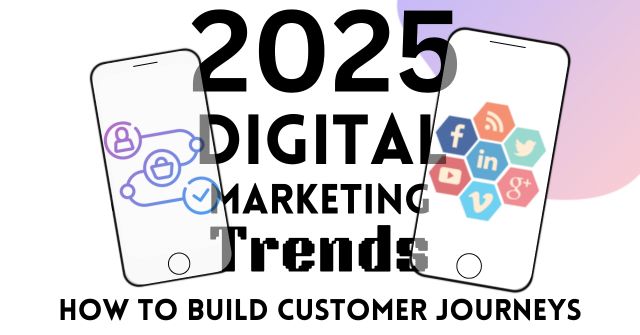Do your customers feel like they’re on a journey or just getting bounced between platforms? In today’s marketing landscape, presence isn’t enough. Customers expect experiences that are smooth, connected, and personalized no matter how many touchpoints they interact with. Whether they see your brand on Instagram, read your email, or visit your store, they expect it all to feel like one continuous journey.
“People don’t care how many channels you have. They care that it feels like one conversation.”
— Modern Marketing Proverb
That’s where cross-channel marketing in 2025 steps in—not just aligning platforms, but creating seamless transitions powered by unified data and smart personalization. In this blog, we’ll dive into how brands can craft these frictionless journeys and why doing so is now a strategic must.
1. What Is Cross-Channel Marketing in 2025?
Cross-channel marketing refers to delivering a unified customer experience across every platform your audience engages with—email, mobile apps, social media, web, in-store, and beyond. But in 2025, it’s not just about presence. It’s about precision and personalization, powered by AI and real-time data.
As the graph below shows, more than 65% of marketers report that their customers interact with four or more channels before making a purchase. This reinforces the need for synchronized messaging and journey continuity.
When brands integrate data from various touchpoints and build dynamic pathways based on customer behavior, they move from multi-channel noise to cross-channel harmony.
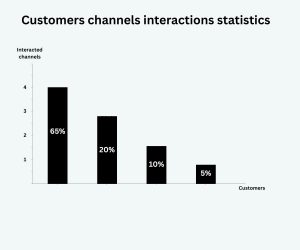
2. Why Cross-Channel Strategy Matters Now More Than Ever
Consumers are no longer linear. Their paths zigzag between inspiration, research, and purchase. And if one touchpoint feels off or repetitive, they’re gone.
As the pie chart below shows, businesses using integrated cross-channel strategies see 45% higher customer retention and 23% more revenue than those using siloed efforts. Why? Because consistent, relevant communication builds trust—and trust drives loyalty.
In 2025, attention is currency. The more seamlessly you guide a customer from TikTok ad to email to personalized product page, the more likely they are to convert—and return.
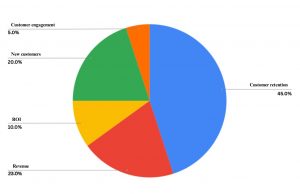
3. Key Elements to Build a Seamless Journey
To execute a winning cross-channel strategy, you need more than just tools—you need strategic alignment. Here’s what top-performing brands focus on:
-
Unified Customer Data Platforms (CDPs): Consolidate behavioral, transactional, and engagement data to create a real-time customer view.
-
Personalization Engines: Use AI to serve the right message at the right time, on the right channel.
-
Content Consistency: Ensure brand voice and visuals are harmonized across touchpoints.
-
Journey Mapping: Outline your customer’s path and build content that supports them at each stage—from discovery to decision.
The graph below highlights these elements.
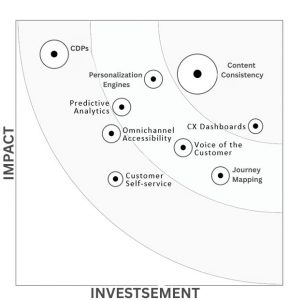
4. Cross-Channel in Action: Examples from Leading Brands
Let’s look at how industry leaders are mastering this trend:
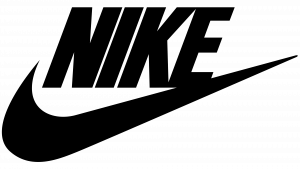
source: about.nike.com/en/newsroom/collections/nike-inc-logos
-
Nike links personalized emails with app activity, sending push notifications based on previous product views or in-store visits.

source: sephora.com/en/logos
-
Sephora blends online and in-store experiences. Their app knows what you browsed online and suggests complementary items when you visit the store.

source: creative.starbucks.com/logos/
-
Starbucks connects mobile orders with loyalty points, in-app gamification, and geolocation for timely promotions.
As the graph below shows, brands that adopt connected experience frameworks enjoy 35% faster purchase cycles. These examples prove that when tech and storytelling merge, magic happens.
Too Long to Read?
-
Cross-channel ≠ multi-channel – It’s about connected, not just present.
-
In 2025, customers expect fluid journeys from screen to store.
-
Integrated tech (CDPs, personalization engines) is essential for smooth transitions.
-
Real-life examples from brands like Nike and Sephora show the ROI of connected storytelling.
-
Brands using cross-channel strategies see stronger loyalty, more revenue, and shorter sales cycles.
